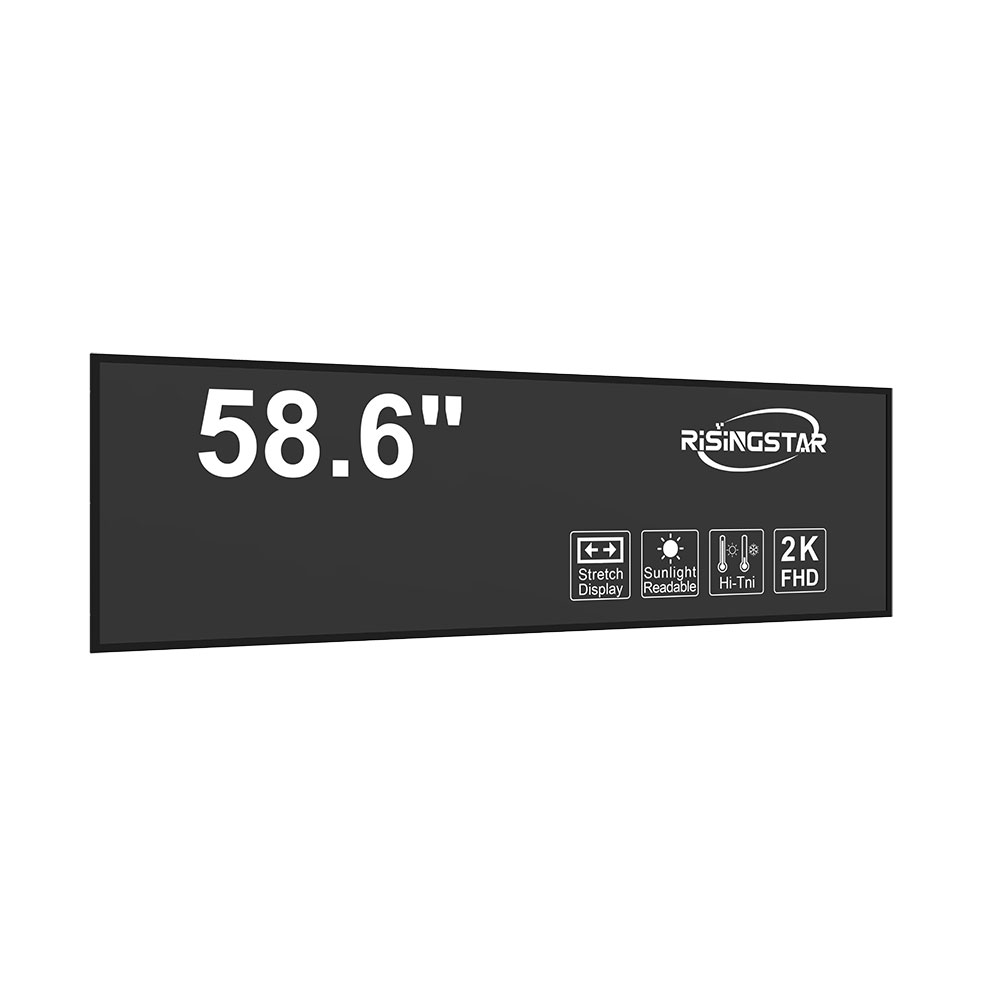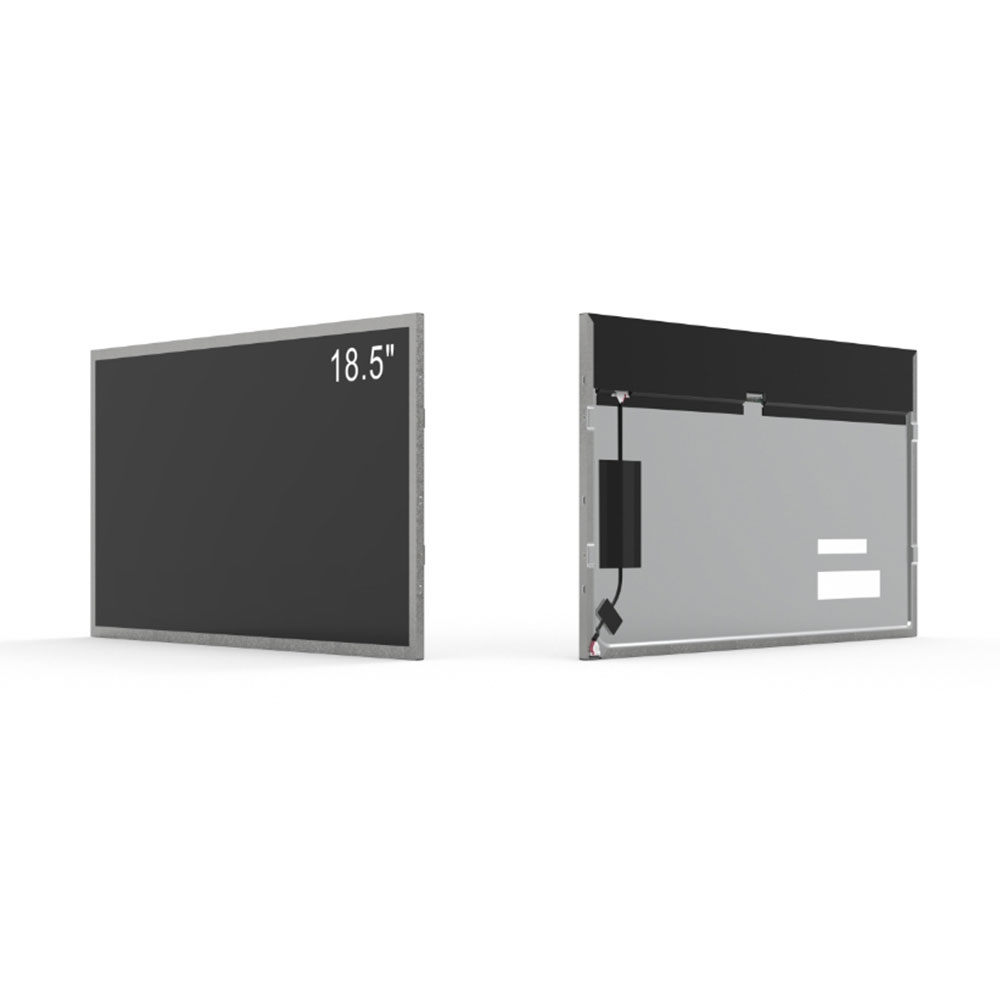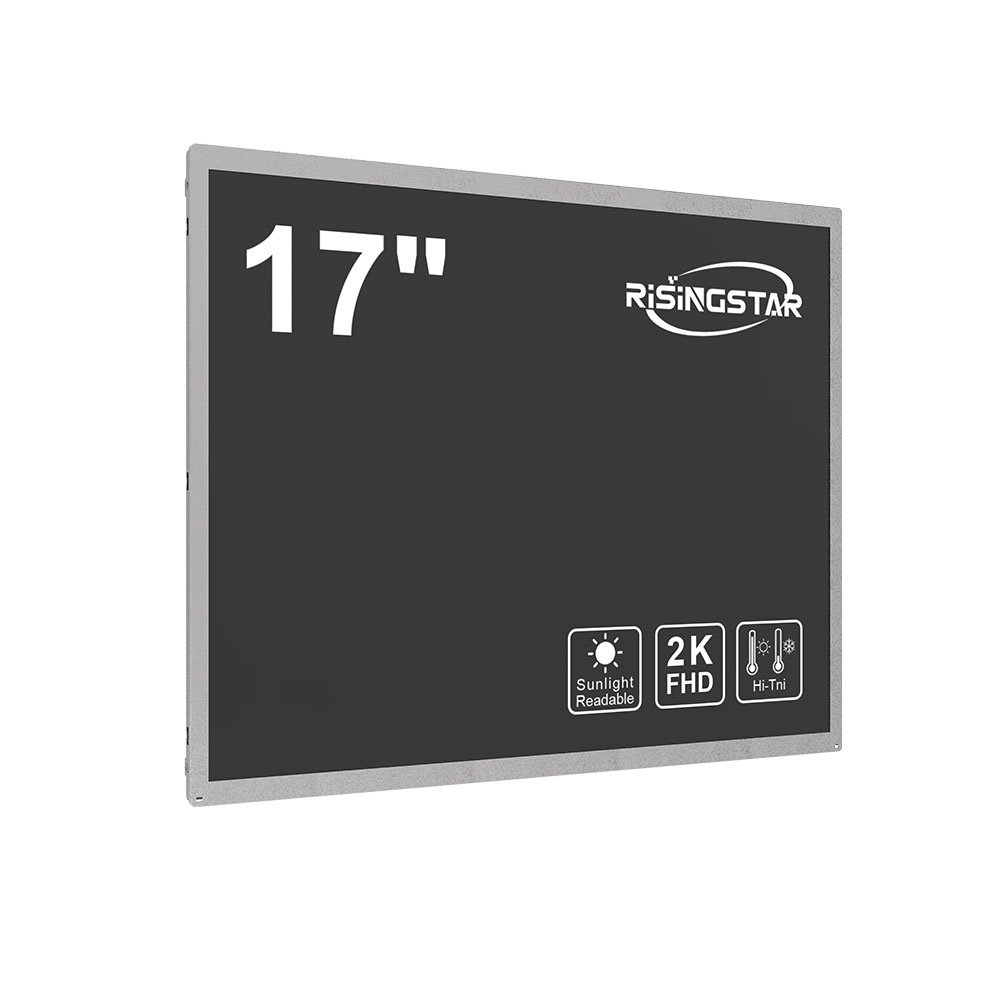- Home
- About Us
- Products
- News
- Video
- Contact
- Send Inquiry
Search
- Home
- About Us
- Products
- News
- Video
- Contact
- Send Inquiry

High-brightness sunlight-readable LCD screens are critical components in modern outdoor electronic systems, especially in environments where visibility under direct sunlight is essential. These displays, capable of reaching luminance levels between 3,000 and 10,000 nits, are engineered to maintain clarity and contrast even in the most intense lighting conditions—such as military vehicles, industrial control panels, public transportation kiosks, and solar-powered IoT devices.
The core technology behind these displays lies in their ability to balance high peak brightness with power efficiency and thermal management. According to IEEE Transactions on Consumer Electronics (2022), modern high-brightness LCDs utilize advanced LED backlighting systems, such as local dimming zones and high-efficiency phosphor-based LEDs, which increase brightness while reducing energy consumption by up to 30% compared to traditional CCFL-backlit screens. Additionally, anti-reflective coatings and polarization filters are employed to minimize glare, a key factor in enhancing readability in outdoor settings.
One of the leading manufacturers, LUMINEX Corporation (based in the U.S.), reported in a case study from 2023 that their 15-inch sunlight-readable LCD panel, rated at 7,000 nits, improved operational safety in military field communications by reducing eye strain and increasing response time during tactical operations. This aligns with ISO 14971 standards for medical and industrial equipment, where display visibility directly impacts human-machine interface (HMI) performance.

Another crucial aspect is environmental resilience. These screens must comply with IP65 or higher ingress protection ratings, ensuring dust and water resistance for use in harsh conditions like desert heat, marine exposure, or Arctic cold. For example, the European standard EN 60068-2-30 outlines testing procedures for temperature shock and humidity, both of which are critical for outdoor applications.
Moreover, the integration of touch-sensitive overlays—often using projected capacitive (PCAP) technology—adds functionality without compromising durability. Research from the University of Cambridge (2021) demonstrated that combining high-brightness LCDs with PCAP touch layers improves usability in gloves-on scenarios, a common requirement in construction, logistics, and defense sectors.
From an economic standpoint, the global market for sunlight-readable displays is projected to exceed $2.8 billion by 2026, according to MarketsandMarkets (2023). Key drivers include growing demand for ruggedized displays in smart cities, autonomous vehicles, and renewable energy monitoring systems. This growth reflects not just technological advancement but also increased awareness of ergonomic design and user-centric interface standards in outdoor electronics.

In conclusion, high-brightness sunlight-readable LCDs represent a convergence of optical engineering, materials science, and user experience design. Their successful deployment depends on precise adherence to international standards (e.g., MIL-STD-810G, IEC 60068), rigorous testing protocols, and continuous innovation in backlighting and surface treatments. As mobile and edge computing expand into outdoor and extreme environments, the role of these displays will only become more indispensable.
